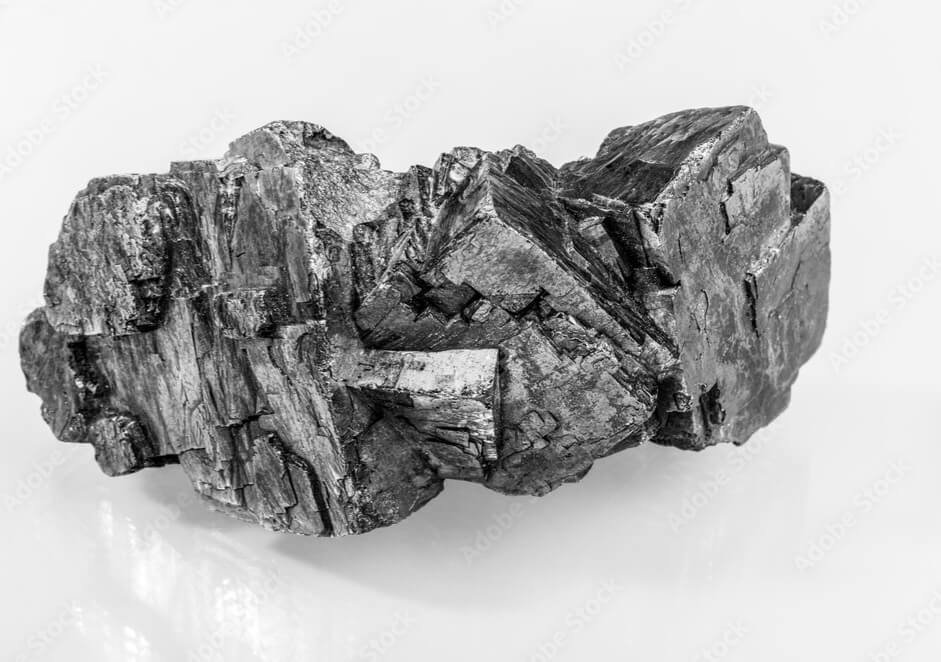Nickel prices experienced a downturn on Thursday, influenced by a combination of subdued consumption and increasing production and stockpiles in exchange warehouses.
Global Nickel Market Trends
Three-month nickel contracts on the London Metal Exchange (LME) saw a reduction of 1.3% to $16,635 per metric ton, as of 0441 GMT. Concurrently, the most-traded January nickel contract on the Shanghai Futures Exchange (SHFE) also witnessed a decrease of 1.5%, settling at 129,530 yuan ($18,125.46) per ton.When considering the performance across the year, LME nickel dropped by 44.6%, while SHFE nickel fell by 35.8%. These figures position nickel as the least performing metal in the nonferrous metals complex on both bourses.
Factors Affecting Nickel Prices
The nickel market has seen a notable surplus, primarily due to significant investments in downstream nickel production in Indonesia and increased output from some Chinese producers. Huatai Futures highlighted this imbalance in their report, noting that “Nickel supply continues to grow, but consumption has not improved. The surplus pattern continues, and nickel supply and demand are bearish.”
Inventory Levels
The current inventory levels further exacerbate the situation. Nickel stockpiles in LME-approved warehouses were recorded at 53,724 tons, the highest since January 10. Similarly, inventories in SHFE-tracked warehouses climbed to 13,358 tons, marking the highest level since January 29. Most recent deliveries to the LME system were made to warehouses in South Korea, Taiwan, Singapore, and the Netherlands.
Other Metals Performance
In related market movements, LME copper saw a slight decrease of 0.2% to $8,564.50 per ton. Other metals such as zinc, lead, and tin also registered marginal declines. On the other hand, aluminium prices saw a modest increase of 0.1% to $2,243.50 per ton. On the SHFE, the trend was similar with minor fluctuations across different metals.






